In November 2008, a terrorist assault team recruited and trained by the Islamist Lashkar-e-Taiba (LET) terror organization attacked Mumbai, India, and murdered 166 people. The attack -- which featured the random slaying of hotel guests, street vendors, and businesspeople by hand-grenade- and assault-rifle-armed killers -- was a political and media gamble by the Pakistan-based terrorists, a violent act whose aftereffects continue to play out in the courtroom, on the battlefield and in the strategic calculus of the War on Terror.
In an Indian court this week, the lone surviving terrorist, 21-year-old Pakistani Ajmal Qasab, pled guilty to murder. Video cameras caught Qasab in the act, which was part of LET's plan. Indian intelligence and police agencies intercepted cell-phone calls LET commanders made to the terrorists during the attack. The calls reminded the killers that they were performing before global media, and the LET Mumbai assault script demanded the terrorists die fighting as "martyrs."
LET's terror-attack architects wanted to send that message that six decades after the India-Pakistan partition, Islamists were still fighting for Kashmir and that jihadis were pressing the fight on the Hindu front.
That message, however, was also desperate bait. Detailed media coverage of Mumbai's bloody carnage was supposed to inflame Indian public passions and ignite a new India-Pakistan War.
Events on another battlefield critical to international Islamic jihadists drove the gambit.
In fall 2008, the Pakistan Army began a series of offensives against Islamist organizations (most notably the Taliban) in Northwest Pakistan, near the Afghanistan border. Ordinarily, another Pakistan Army offensive in the Northwest might not worry the Taliban, al-Qaida and LET (and their leadership cadres do connect), but beginning in midsummer 2008, the pace and success rate of U.S. Predator drone strikes against al-Qaida targets in Pakistan began to increase. Someone in Pakistan was providing better intelligence to the United States. Likewise, Pakistani military operations against the Taliban seemed more enthusiastic.
Recommended
The jihadis' strategic solution: ignite a major war on the subcontinent -- one possibly involving an exchange of nuclear weapons, an act sowing international chaos -- or at least force a major movement of Pakistani forces to the east to face India's post-Mumbai military build-up and threat of invasion.
Anger seized India, and fear of Indian attack gripped Pakistan -- their media reflected the passions. But the Indian and Pakistani governments managed to acknowledge emotions but avoid conventional and nuclear war. Rhetoric was hot, but troop movements were minimized. Pakistani military operations in the Northwest continued -- the great political and military disruption LET desired did not occur.
India is a major regional power with emerging global capabilities; Pakistan is a failing state. On the subcontinent, India prevails economically and politically. The Pakistan Army has some outstanding units; India has more. Nuclear weapons deter rash action, but Indian diplomacy since the November 2008 slaughter has made effective use of India's superiority.
India has made it clear to Pakistan that restraint by New Delhi depends on Pakistani cooperation against Islamist terrorists, and that means the modernist, responsible elements of the Pakistani government must do two things: bring Pakistan's rogue, jihad-promoting intelligence agents to heel, and fight and defeat the Islamist radical organizations and their tribal supporters. Post-Mumbai 2008, India will no longer let the Pakistani government "redirect and export" its tribal and Islamist problems; it must address them as the Pakistani domestic threats they are.
It appears that the Pakistani government has decided to wage both battles. The Taliban's occupation of Pakistan's Swat Valley gave Pakistanis an intimate, media-documented look at Islamist feudalism and arbitrary violence. Even the India-haters noticed. The Pakistan Army's subsequent Swat offensive dealt the Taliban a popular defeat. Over the last three months, offensives in the Northwest have killed hundreds of Taliban. The government says it will hold tribes responsible for crimes committed by Taliban leaders operating in their areas or under their aegis -- this is a political hammer.
The Predator strikes also continue against al-Qaida and now Pakistani Taliban leaders -- overt recognition of U.S. and Pakistani government cooperation.
The Mumbai massacre has backfired, with potential positive results for America's War on Terror. Instead of fighting India, the Pakistan Army is assaulting Islamist strongholds with a never-before-seen vigor.
















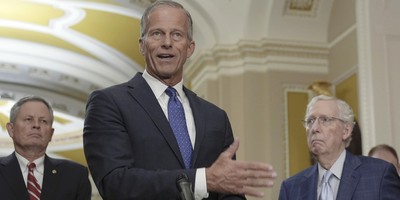

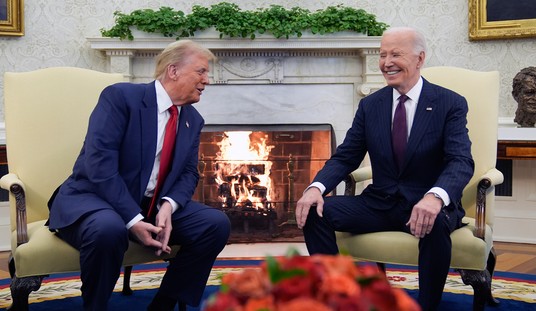

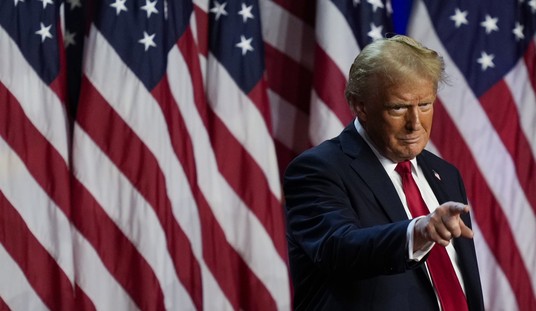
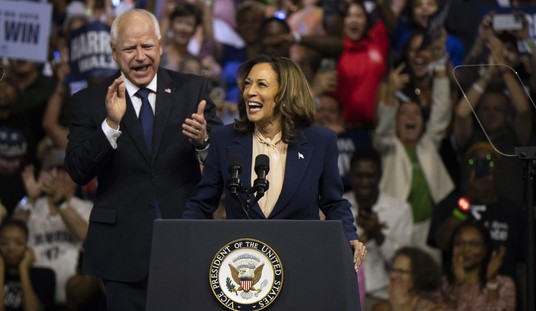
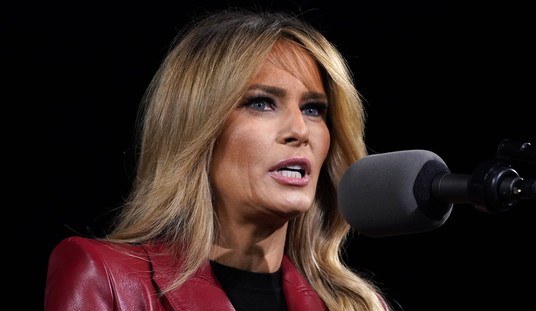
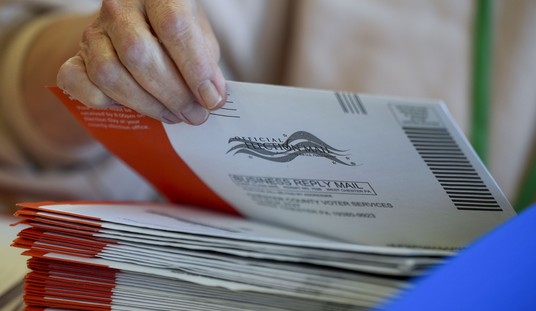
Join the conversation as a VIP Member